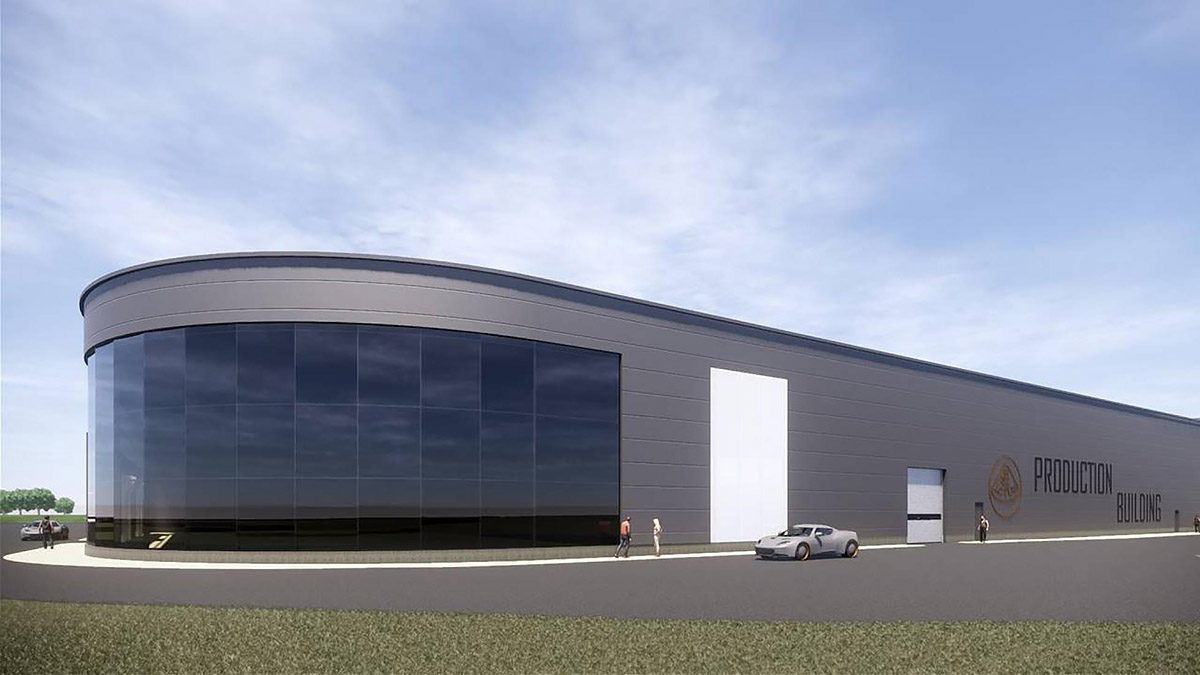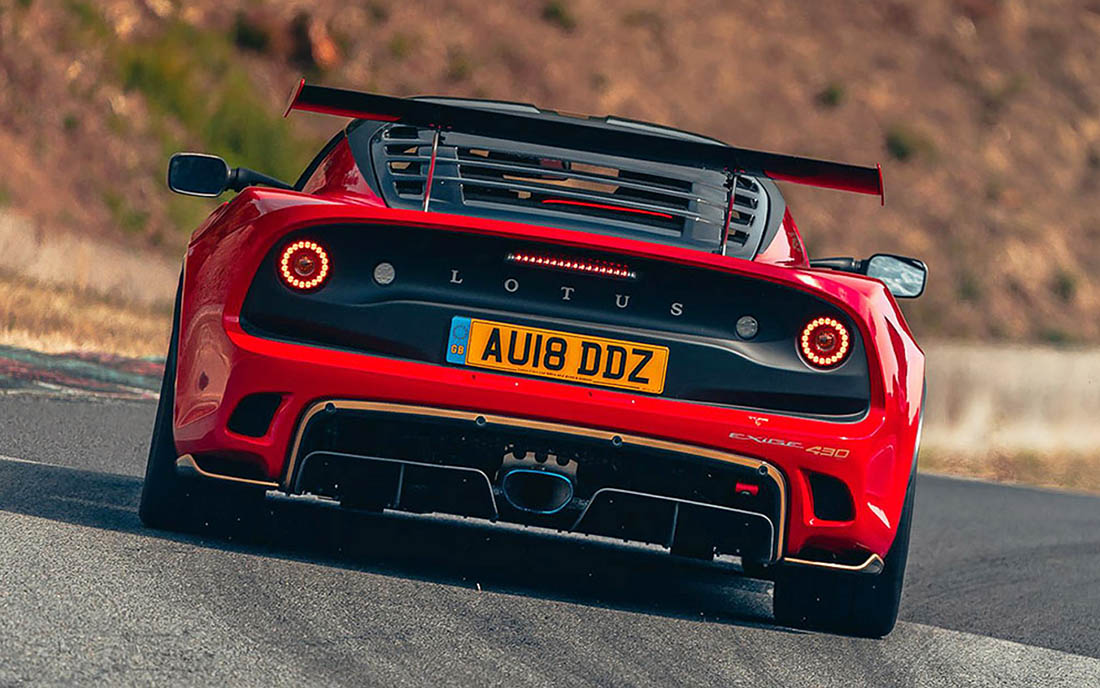
The journey up the A11 to the Lotus factory in Hethel, Norfolk to hear the latest plan, from the latest CEO tasked with reinvigorating the brand, has become an all-too-frequent occurrence in the past decade.
But, five months since his appointment as Lotus CEO, new boss Phil Popham is keen to talk. This time, there’s reason for optimism. In 2017, Geely Auto Group (which also owns Volvo, Proton, Lynk&Co and makes the new EV London Taxi) acquired the major shareholding in Lotus. In September 2018, Popham was appointed. And he’s clearly been busy. Driving past the factory, you’re aware of significant expansion already taking place; as becomes clear during our interview, this is just the start.
Having spent 25 years at Jaguar Land Rover, culminating in his role as Global Operations Director, Popham left in 2014 to join Sunseeker Yachts. He spent four years there, turning the business around, before being approached by Geely to run Lotus.
Popham admits that there were, in his words, “very few automotive brands” he would have been interested in working for. However, he explained that “the combination of the allure of Lotus being an iconic British brand with a rich history and wealth of engineering credibility and desirability, along with the seriousness Geely was taking in the brand’s reinvigoration” persuaded him to Norfolk.

While the expansion of the current site is ongoing, construction is about to start on an all-new purpose-built Customer Experience Centre located next to the FIA-approved test track. This will form the focal point for visitors and provide direct access to the track for test drives.
In truth, the Lotus factory has grown organically over the past 70 years, and is a long way from the original vision Chapman planned when he first designed the facility. As part of the redevelopment, the helipad, lake and fountains (all laid out by Chapman, but sadly left to deteriorate) will be recommissioned.
In addition to the Experience Centre, Lotus is creating a Heritage Centre containing a museum and restaurant, which will be based in the restored original frontage of the Lotus facility. Chapman’s boardroom, complete with its unique lightweight roof design (another Chapman original), will also feature.
But to keep the brand alive, it needs to look forwards, not merely reference the past. And this time it has to deliver. In 2018, Lotus sold 1,630 cars. Popham believes the current facility has the ability to produce 5,000, and told us he has spent the past five months “agreeing the strategy and investment to deliver that”.
Hethel will remain the home of Lotus Cars and sports car production, but with the brand “able to go into a number of different sectors”, expansion beyond 5,000 cars would see production placed elsewhere. Quite where in the Geely food chain remains to be confirmed but, given the scale of the business, for the brand to be successful not everything will be built in Norfolk.
However, Popham is keen to emphasise to us “the DNA of what makes a Lotus, and how to apply those attributes to a car are, and always will be, driven from here through the expertise and experience we have in the team”.
Rumours have reached Top Gear of a seven-figure electric hypercar being developed.
Popham and the team have a vision for the next ten years, which he explains as: “Look far enough out, agree what you want to become and how you want to get there, and the product plan will fall into place.”
The product offensive will start next year with a new sports car. It will retain Lotus’s renowned driving dynamics, but tackle some of the usability challenges by making it easier to get into and out of and feature better infotainment and increased quality of materials inside… in essence helping to make it a more daily usable proposition. To deliver on time, this new sports car will be based on a substantially altered Evora platform.

This will then be followed by a completely new range based on an all-new architecture which is currently in development. “We’ll deliver this new car, then the new platform”, says Popham.
With the automotive world totally focused on the electrified future and rise of autonomy, both are clearly key challenges for Lotus. However, Popham pointed out to us, “I firmly believe that the demand for cars you can actually drive, enjoy at the weekend or on a track that give you independence, will grow as autonomy delivers day-to-day transportation”.
Clearly the business cannot survive by producing sports cars alone. With Lamborghini, Bentley, Rolls-Royce and soon Ferrari all heading into the SUV space, is this a future direction for the brand?
“I believe we can apply the Lotus DNA to a number of segments. Driving dynamics, performance and lack of weight would mean different things in different segments, but we’ll be renowned for them in the segments we’re in,” Popham said.
With the product plan and investment for the next five years locked down, substantial redevelopment of the site, the delivery of a new sports car and subsequent development of an all-new platform and range of cars, Norfolk is going to be busy. But if all of the above wasn’t enough, rumours have reached Top Gear of a seven-figure electric hypercar being developed in a skunkworks deep in the bowels of the Hethel facility. While Popham refuses to comment, such a halo product could be well-timed.
Colin Chapman, Lotus’s founder, approved a manifesto early in the Lotus story that said all cars had to have the following characteristics: Efficiency, Lightweight, Racing Heritage, Cornering Power, Driving Dynamics, Prestige, Trend Setting and Styling. Given the seismic changes taking place in the automotive industry as we migrate to the electric future, we could do with a bit of the Chapman ethos and creativity.
In fact, with the solution to the EV future seemingly lying with cars that travel around carrying a huge excess of weight to deliver a 300-mile range we’ll rarely use, we really do need some more creative solutions to the problem. With the combined might of Geely, clarity of leadership from Popham and an automotive market crying out for a more innovative approach that delivers driver’s cars of the future, it could well finally be time for Lotus to excel.


